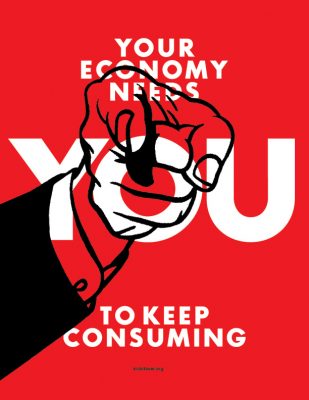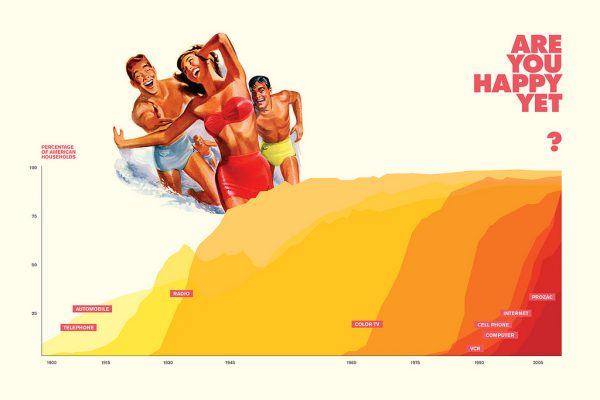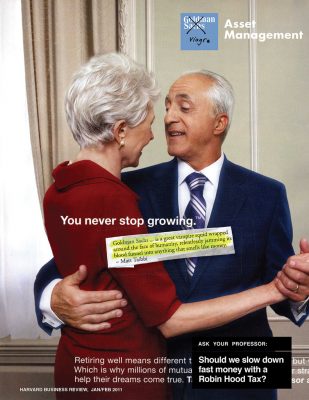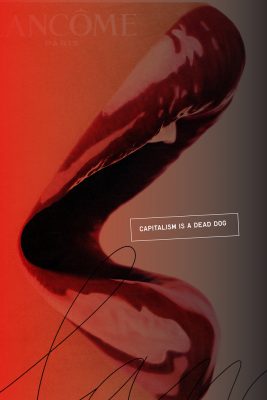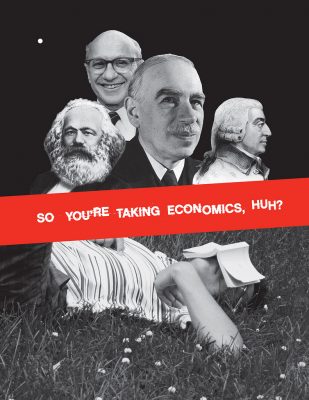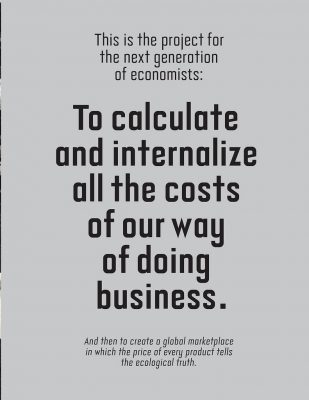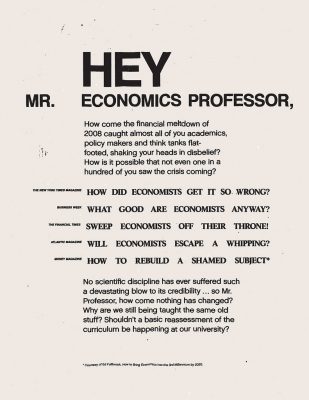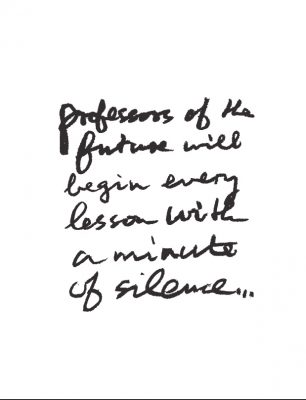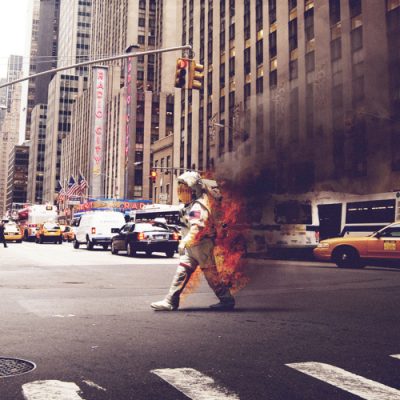Reinventing a political culture is a difficult task to set oneself; political aesthetics develop alongside political movements, and tracing the direct influence of any one group is a bold claim. If one group can be said to have had any serious influence on the culture of activism in the last twenty years, however, it is Adbusters – a glossy Canadian magazine which has played an influential role in the alterglobalisation movements right up to the instigation of Occupy Wall St. At the forefront of the magazine’s development has been the filmmaker and author Kalle Lasn.
Emerging out of the despondency of post-socialism in the early nineties Adbusters, a ‘journal of the mental environment’, aimed to expose and interrupt the stranglehold advertisers and the media have over our brains, relationships and lives. From the start Adbusters rejected the established organisations and aesthetic regimes of the left, instead mixing post-situationist and punk aesthetics with the more everyday visual techniques of advertising and marketing.
This rejection, alongside its professional production and distribution methods, established Adbusters as a clear and important voice amongst the nascent social movements rising against the huge global conferences and free-trade agreements that shaped the political landscape for activists in the late 1990s. It would be fair to say that the Adbusters magazine itself (as opposed to the Adbusters Media Foundation, which organises ‘social marketing campaigns’) is characterised by a tendency to collage, both in its visuals and its ideological slant. There is something for everyone in the magazine: images compete on the page for the attention of the time-strapped consumer-activist, just as punchy slogans and articles appeal for the ideological fealty of the reader. ‘We’re trying to sell ideas, rather than products,’ Lasn said in 1996.
Its strength – a low bar for ideological investment in the magazine – is also its weakness, with Adbusters often producing contradictory, lightweight and occasionally dangerous and disgusting ‘critiques’ of capitalist and geo-political systems, with frequent recourse to consumer choice and moral indignation. Whilst Adbusters has played a significant role in the development of post-socialist aesthetics on the left, its economic critique has frequently lacked depth or clarity.
Lasn’s latest book, Meme Wars, is intended to change that – to extend the political reach of the Adbusters project beyond the ‘social movements’ of activists and designers that constitute their regular readership. As an attempt to affect political change it is certainly bold; it aims nothing less than to shake institutions of power through an intellectual revolution from the inside. The question is whether the powerbrokers that Lasn has identified – the economists – will be persuaded by the economic critiques of Meme Wars.

